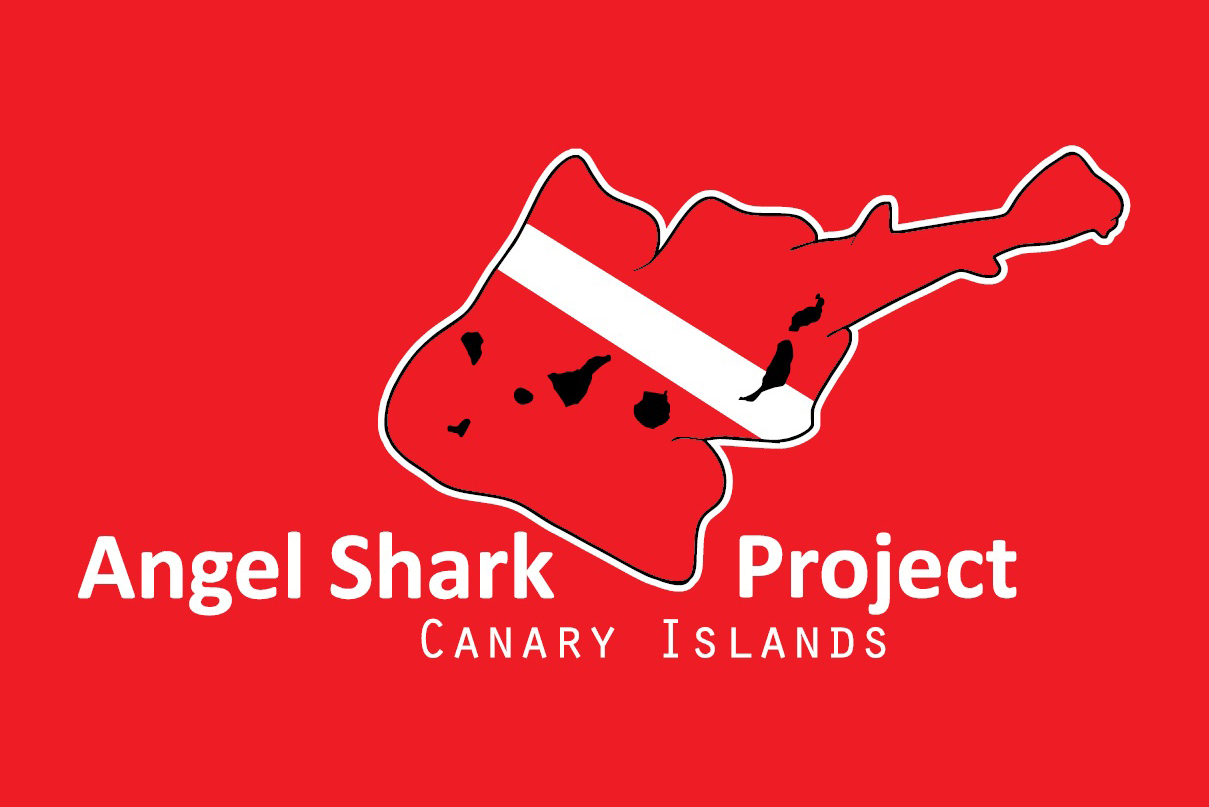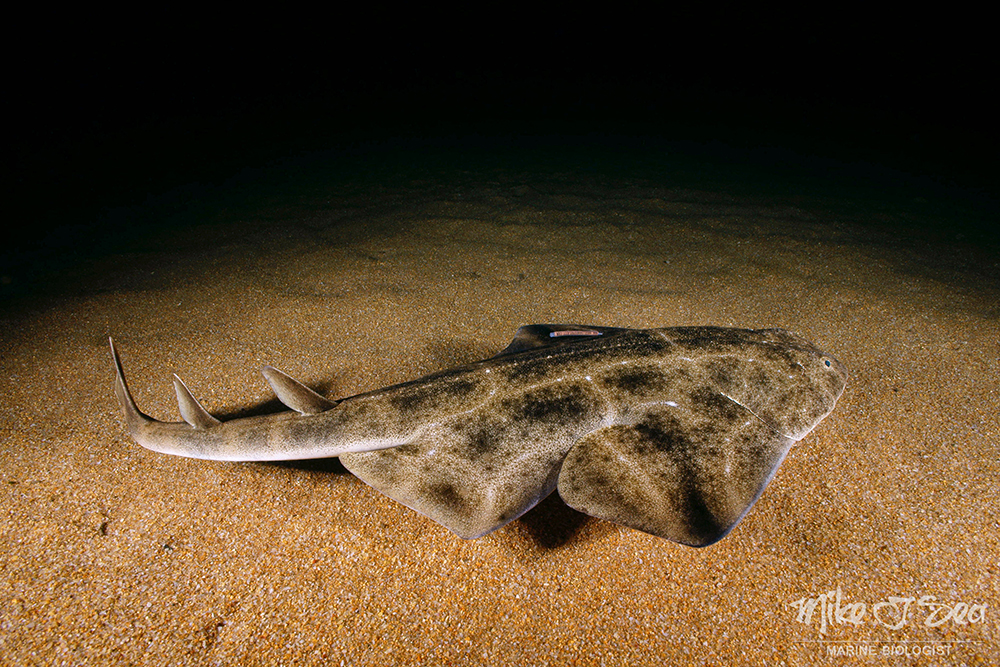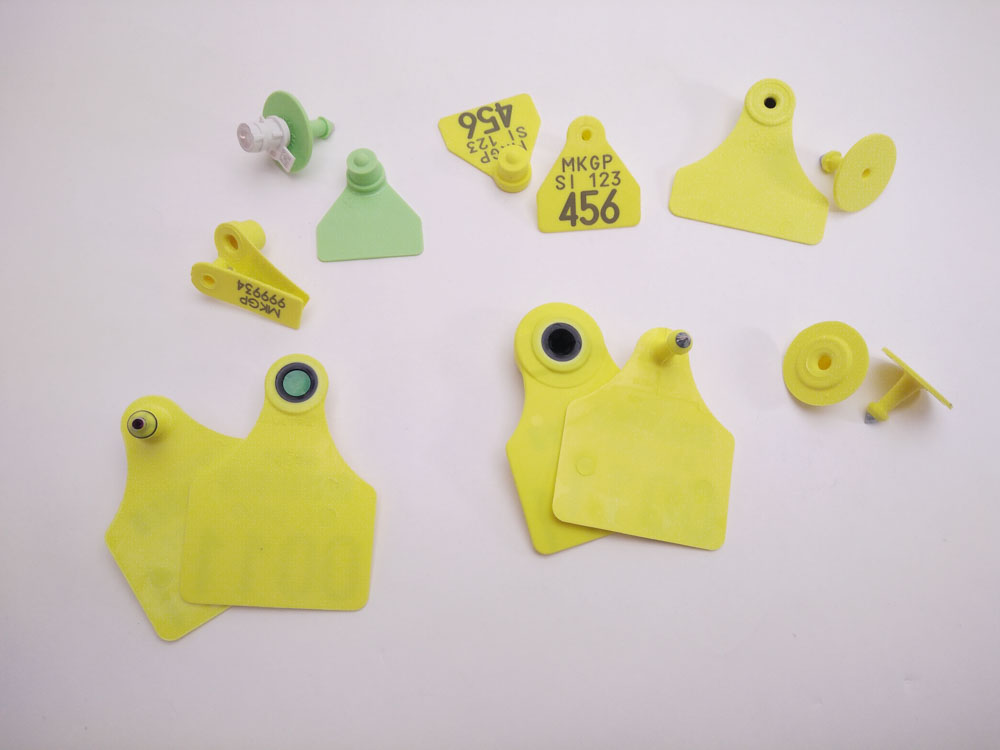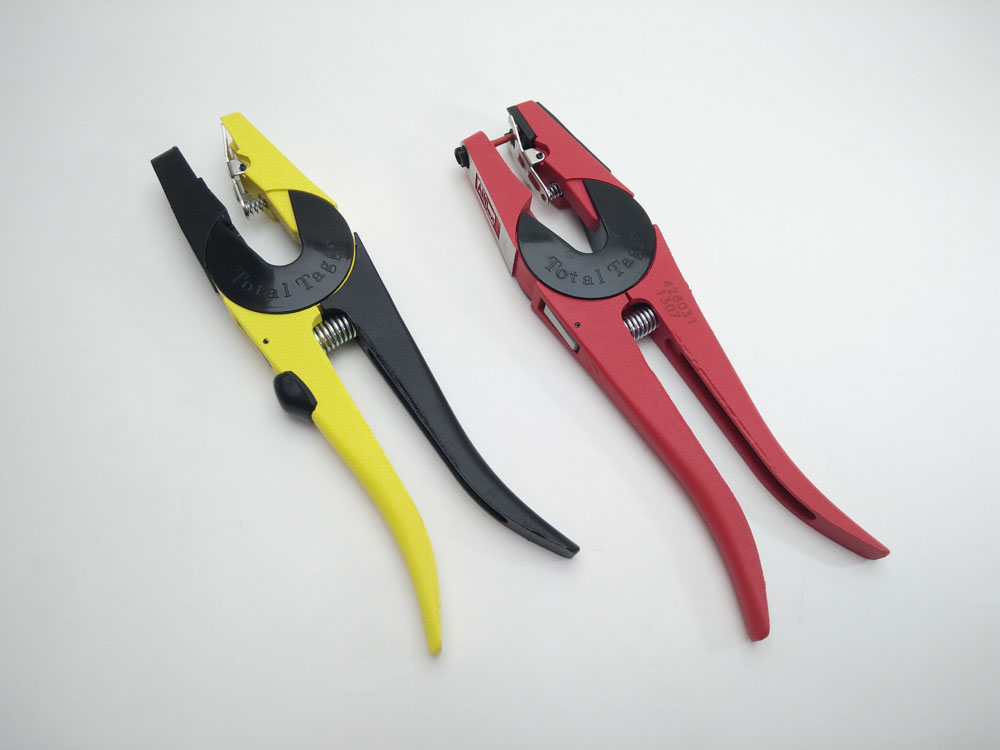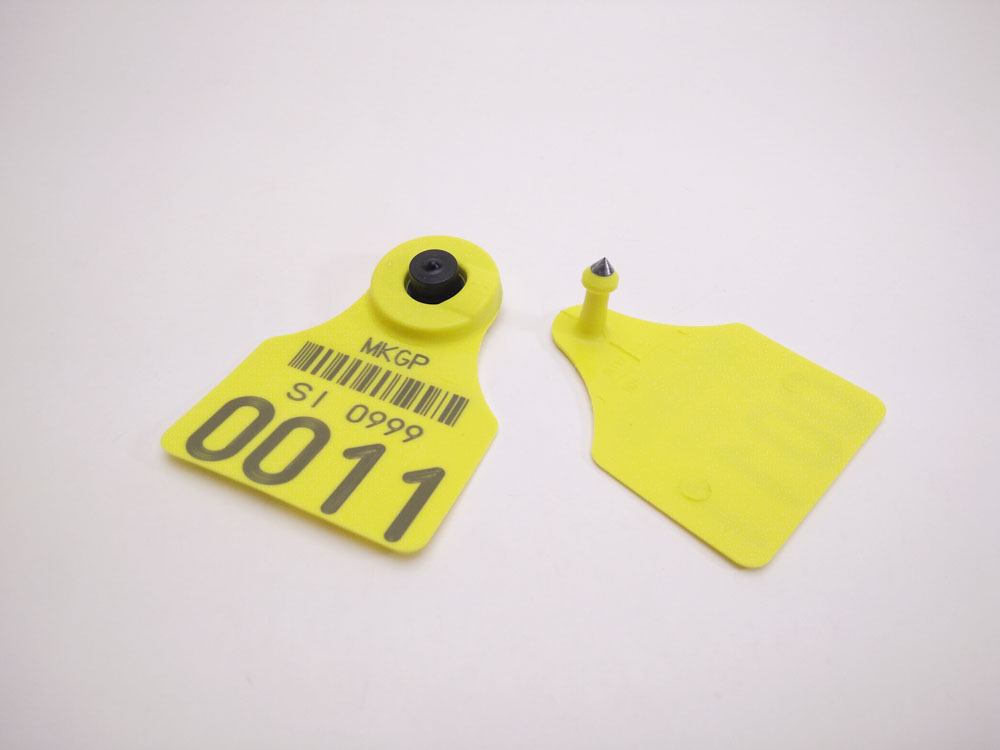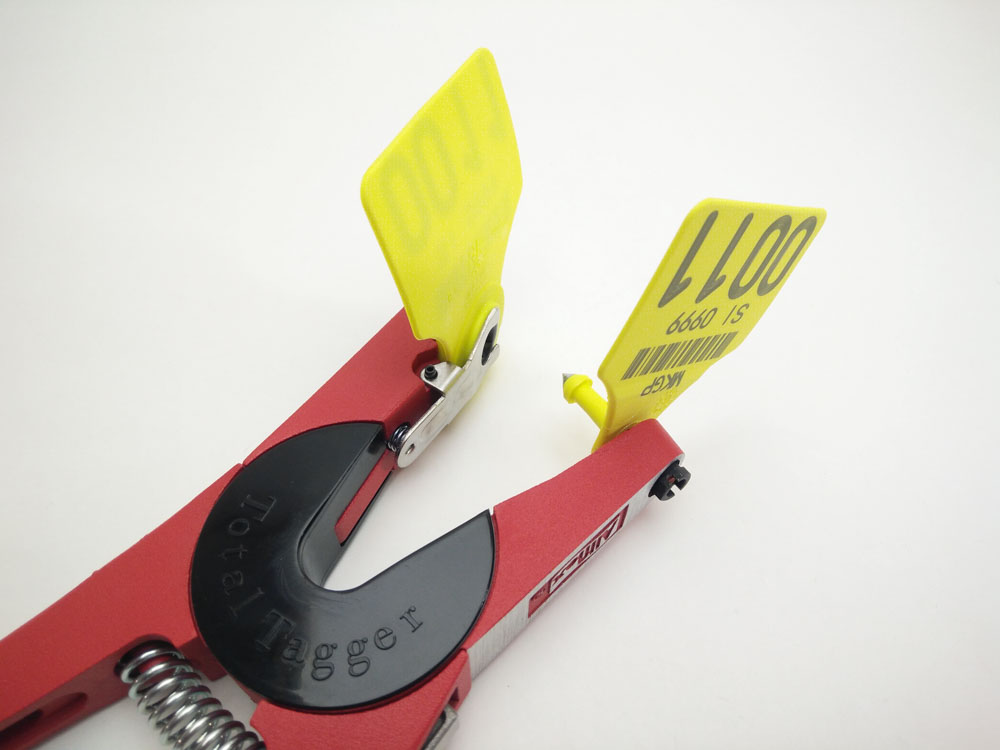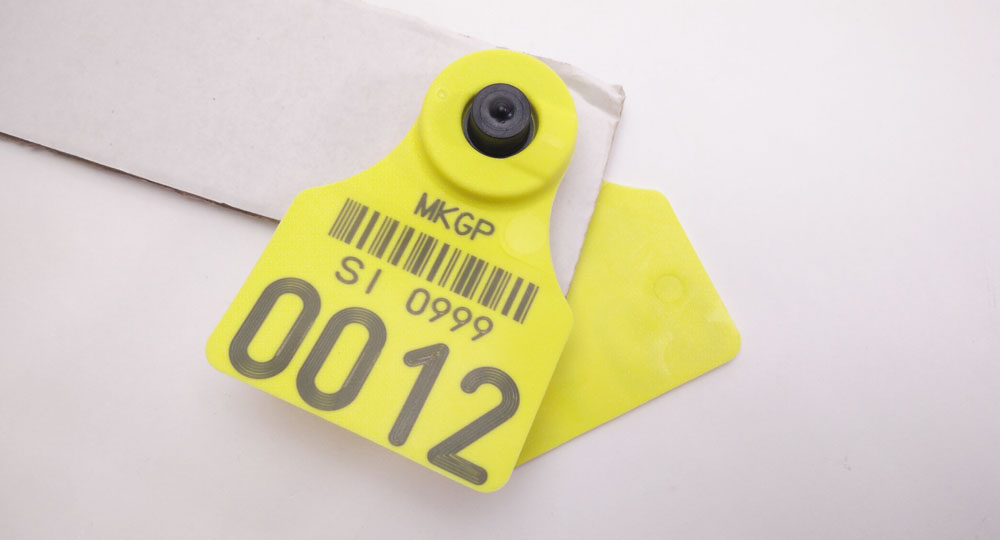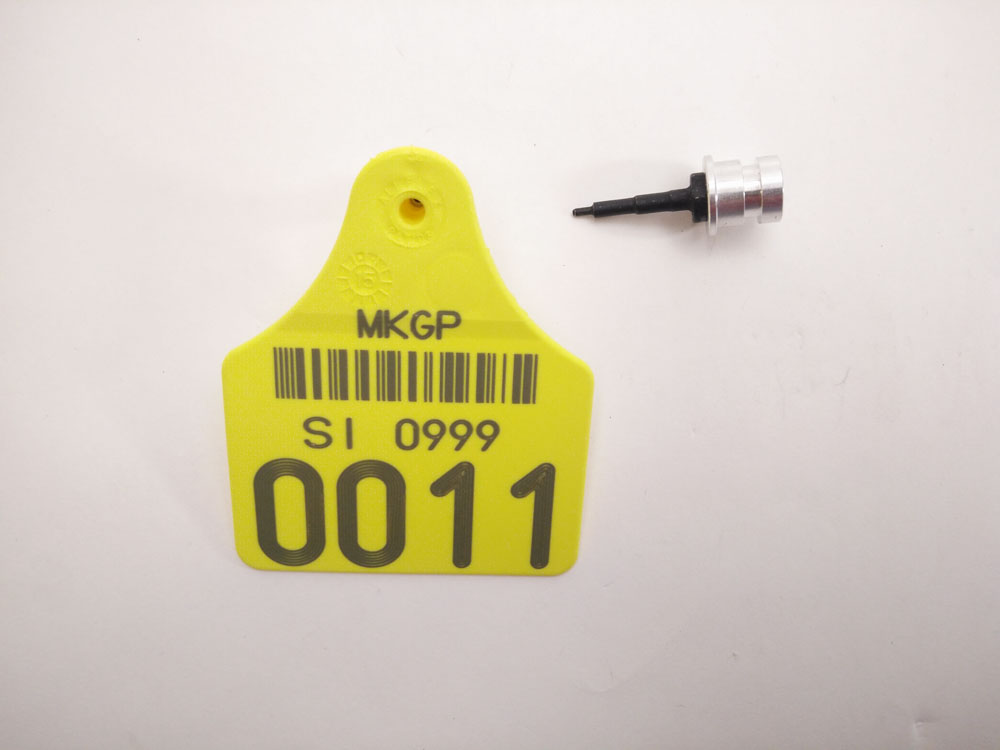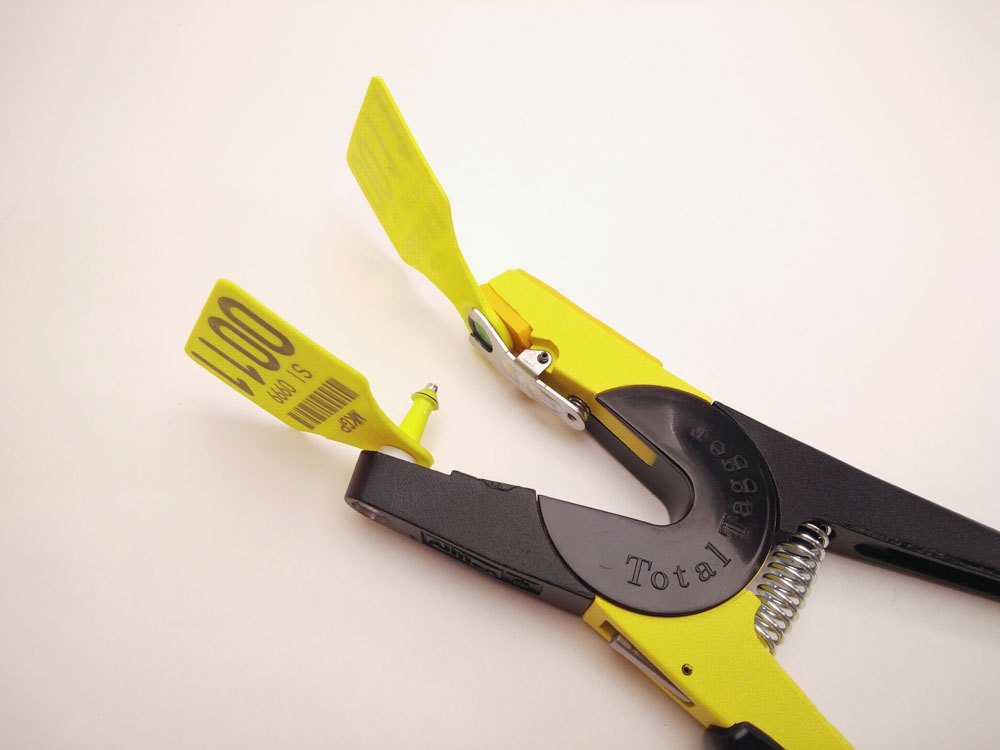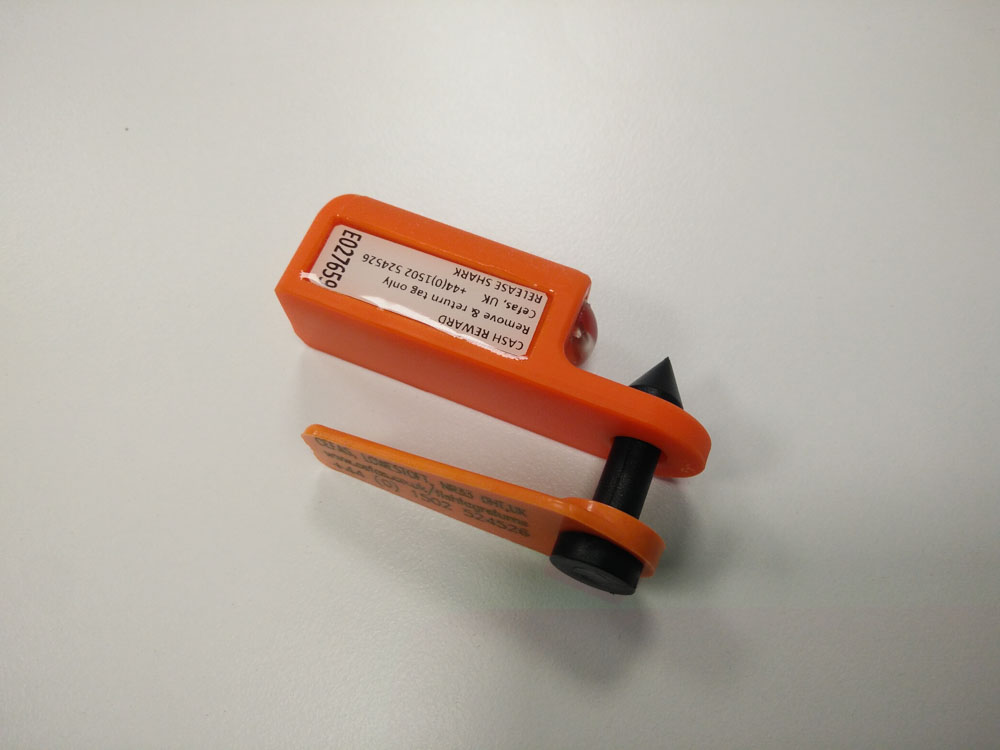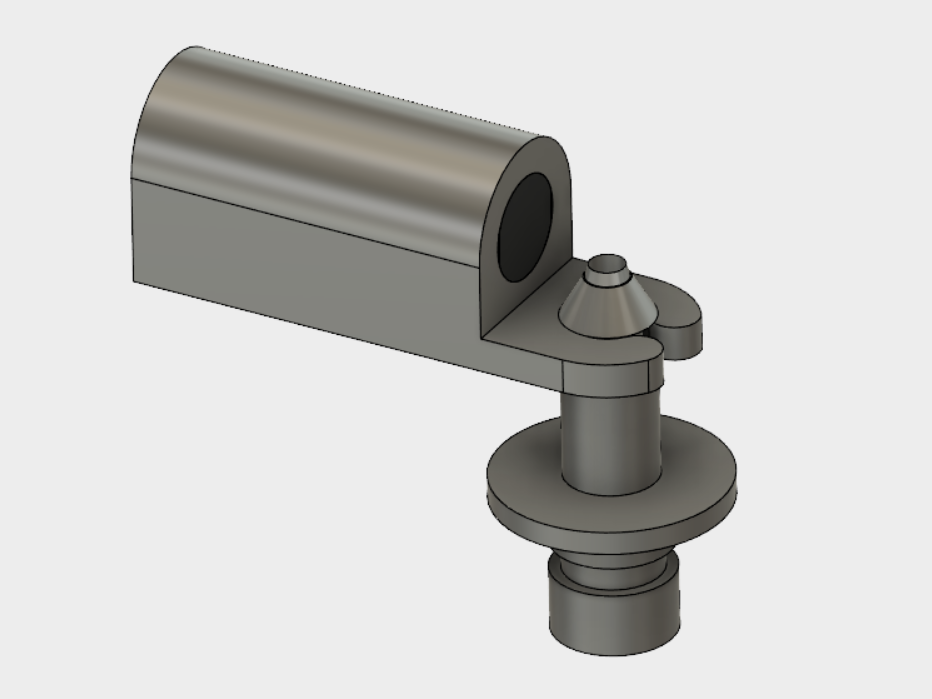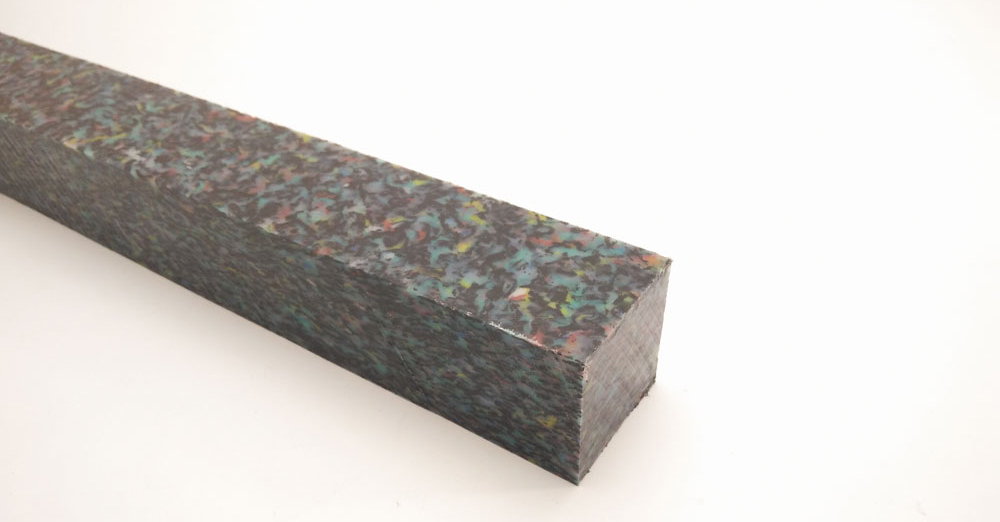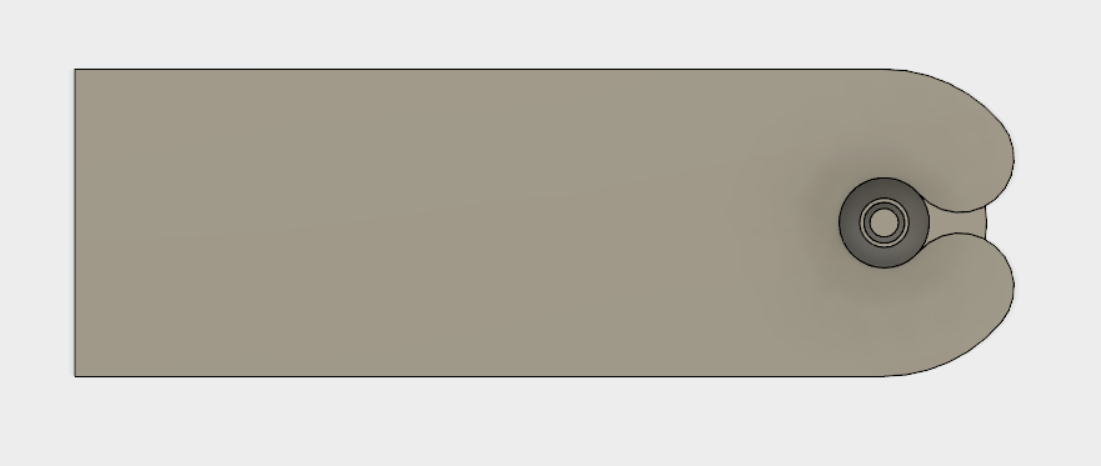Investigating Angelshark acoustic tag attachment methods
Last month Blaž and Luka participated in the Angelshark acoustic tag attachment workshop hosted at the Zoological Society of London (ZSL). The aim of this workshop was to identify the best approach to externally tag Angelsharks with electronic tags, whilst ensuring minimal impact on animal behaviour and life history. The workshop brought together researchers from the Angel Shark Project (a collaboration between Universidad de Las Palmas de Gran Canaria, Zoological Society of London and Zoologisches Forschungsmuseum Alexander Koenig), the Arribada Initiative, Centre for Environment Fisheries and Aquaculture Science (Cefas), Institute of Zoology and Institute IRNAS. Institute IRNAS’ role was to provide advice from an engineering perspective and to lead the development of an open, affordable solution based on the requirements outlined by the researchers involved.
The angel shark family (Squatinidae) is the second most threatened group of sharks and rays in the world. The Angelshark (Squatina squatina) was once widespread throughout the Atlantic and Mediterranean Sea, however it has now almost disappeared throughout its natural range, mainly due to overfishing. Today, the Canary Islands is the last refuge for the Angelshark, but here too they are under threat. One key factor preventing effective conservation is lack of detailed scientific information about their ecology. The aim of this project is to tackle exactly this problem by coming up with an open and affordable solution for monitoring to inform the conservation of one of Europe’s most endangered sharks. We invite you to check this blog post for more background on Angelsharks.
At Institute IRNAS we were tasked to develop a customised attachment for the Vemco V9 acoustic tags. The workshop concluded that the most suitable option would be a fin puncture with a modified cattle tag for the first dorsal fin. This method was selected since it was assessed as the option that ensures minimal impact on the movement and life history behaviours of the Angelsharks, is the easiest to attach underwater and has the smallest chance of a tag loss.
We have started our work by researching different types of cattle tags currently available on the market. From a local supplier in Slovenia we have received a selection of different types of cattle tags to test. Very similar tags have been successfully used over the past decade for tagging marine animals.
We have thoroughly tested two of the most suitable tags - standard cattle tag and tissue sampling cattle tag. While visually similar, the main difference between the tags is the pin that joins both parts of the tag through the cattle’s ear, which is also an important consideration of the Angelshark tag attachment. The standard cattle tag features a hollow plastic pin with a metal tip. A special tool is used to join both parts of the tag together, joined by the pin. The metal tip ensures an easier penetration of the tissue than a plastic tip would. It performed well in initial testing, but will require further tests on actual shark fins and / or similar materials.
The tissue sampling cattle tag features a hollow plastic pin with a sharp edged metallic tissue sampling tube inside. At the same time as the tag is applied a tissue sample is taken into the tissue sampling tube. While the tag stays on the animal, the tube is locked on the applicator and can be later removed and safely stored. While these tags require more force to attach because there is no metal tip, its advantage is that a second tissue sampling procedure is not required - an important feature since tissue sampling is also one of the key objectives for the Angel Shark Project.
We have already sketched an idea for a pin to fasten the Angelshark tag, similar to the tissue sampling cattle tag. The pin features a hollow plastic body, a hollow metal tip with tissue sampling tube and metal blades. The main idea for the pin is to allow the tissue to be pierced and sampled simultaneously.
The Angelshark acoustic tag attachment can be quite similar to a Cefas Data Storage Tag attachment device that we examined at the workshop. We have researched different materials suitable for the tag attachment and concluded that harder plastic is the most suitable for the tag holder. We have tested polyethylene (PE) which we have found in a sort of a camouflage colour. However, we hope to develop a sand-like shade, since Angelsharks are ambush predators, which spend most of the time hidden in the sand waiting for their prey. For the pin, a bit softer plastic combined with a metal tissue sampling tube should be the preferred choice. For this purpose we have examined polyurethane (PU) because it is widely available in different hardness.
A desired feature of the Angelshark tag was also its removability. We have designed a weak point which will allow the tag to fall away from the Angelshark should it become fouled. The same weak point can be used when removing the tag after the end of the study.
The next step towards a working prototype and the first acoustic tagging study on Anglesharks is designing and testing of the tag attachment and pins. We plan to test the first prototypes on a shark species caught and landed for sale in the UK, with fin properties as similar as possible to Angelsharks, together with Angel Shark Project, the Arribada Initative and Cefas in December 2017.
This project is kindly funded by National Geographic Society, Lisbon Oceanarium, the Arribada Initiative through the Shuttleworth Foundation and the Ocean Tracking Network.

